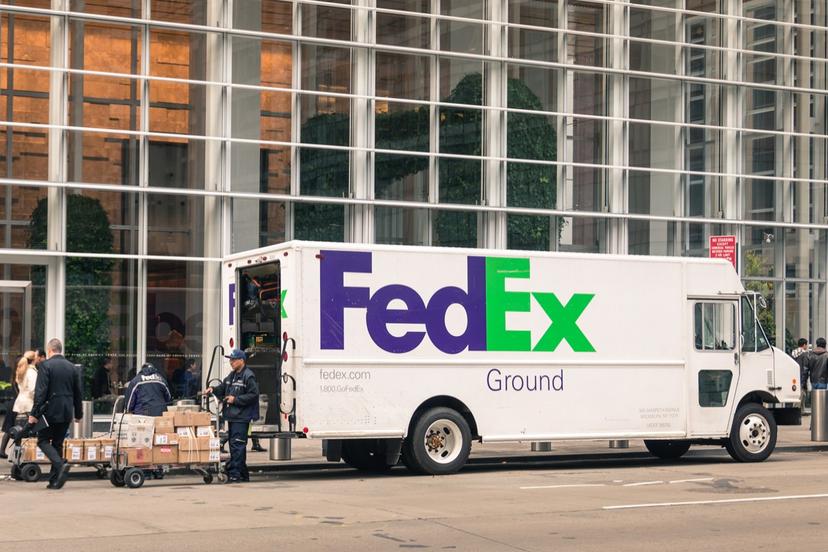Letter and Package Delivery

Industry Outlook
The U.S. Postal Service expects employment to decrease 21 percent by 2028, due to the growing efficiency of mail processing and delivery through automation. Additionally, competition for jobs in the Postal Service is strong and comparatively few postal employees leave their jobs for other occupations before normal retirement age. Adding to challenges for employment growth are financial problems the Postal Service has encountered over the years, and occasional Congressional discussions about making the USPS a private enterprise. Discussions range from breaking up the four classes of mail to selling the entire enterprise to a private firm. However, the public's resistance to private postal service has restricted any major change in the Post Office.
The postal services was expected to have a slight increase in revenue in 2020, due to the coronavirus pandemic and the dramatic rise in e-commerce sales, but this would be a short-lived boost. As described by the research group IBISWorld, "the industry as a whole is expected to deteriorate exponentially amid the pandemic, as its deficit continues to grow due to long-standing regulatory issues and increasing operational expenditure amid the pandemic." As of December 2020, the U.S. postal service was valued at $73 billion, with 34,100 businesses employing a total of 644,000 people. The postal service is expected to continue operating at a loss through 2025. The U.S. economy is projected to rebound since the rollout of the COVID-19 vaccine in 2021, but postal service revenue will continue to decline sharply.
The couriers and local delivery services market was valued at about $118 billion in late 2020, with about 2 percent growth predicted for 2021, and an annual growth rate of nearly 5 percent from 2016 through 2021. The growth and expansion of e-commerce sales in the coming years will contribute to continued growth for couriers and local delivery services in the U.S.
The U.S. Department of Labor projects that postal clerk jobs will decline by 20 percent through 2028, due in part to a drop in first-class mail from increased use of online bill paying and e-mail replacing letters for personal and business correspondence. Automation and improved mail-sorting procedures as well as consolidation of delivery routes and growing widespread use of cluster mailboxes that cut down on the number of door-to-door deliveries, all of which allow mail carriers to be more efficient, is expected to result in a 20 percent decline in carrier jobs through 2028. Employment of mail sorters, processors, and processing machine operators is expected to decline by 24 percent through 2028, according to the U.S. Department of Labor. The decline is also due to improved technologies, including the increased use of automated materials handling equipment and optical character readers, barcode sorters, and other automated sorting equipment.
Because competition for jobs in the Postal Service is strong and comparatively few postal employees leave their jobs for other occupations before normal retirement age, employment opportunities will be limited in coming years
Competition for jobs in the private delivery industry is not as tight as it is with the government Postal Service. Stronger economic conditions benefited package delivery services during the second half of the 2010s, prompting industry leaders to increase the size of their respective workforces. Between 2015 and 2020, United Parcel Service added approximately 37,000 new employees. FedEx welcomed about 90,000 additional team members. Finally, DHL's employee base increased by roughly 55,000 people.
Employment opportunities will be available with private companies for drivers to handle increased package shipments going over ground rather than by air. The U.S. Department of Labor projects employment growth for delivery truck drivers and related sales workers to be 2 percent, which is slower than average, through 2028. However, light truck and delivery services drivers, specifically, will experience a 4 percent employment increase (about as fast as average) due to e-commerce-related demand.
Private companies are also more likely to consider hiring those without work experience or with only summer job experience. It is easiest to move up from inside the company, rather than applying for a middle management position after gaining work experience elsewhere. Moving into the private delivery service becomes much more difficult as position rank increases.
As private firms expand into international delivery, employment abroad becomes an option for management staff. Although ground delivery staff may be hired from the host country, the development and management staff may be selected from U.S. employees. The international market is increasing rapidly and will develop new opportunities for hiring.
